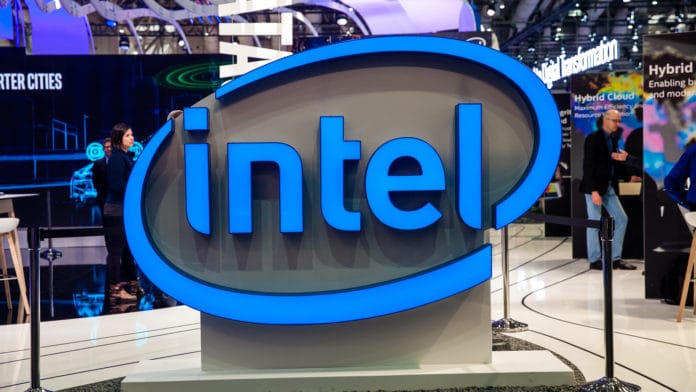Intel has added further open source “ANV” Vulkan compatibility for the Linux operating system, in anticipation of the upcoming availability of Intel Arc GPUs with revolutionary ray-tracing technologies. This new support is labelled “VK KHR ray query” in the most recent driver release.
For quite some time, Intel has been creating the necessary driver infrastructure for implementing Vulkan ray-tracing on Linux. They combined SPIR-V and NIR ray queries bits arrangements for VK KHR ray tracing pipeline in December and is currently starting to uncover VK KHR ray query capacities.
SPIR-V is a capacity innovation, not an in-memory type, and is adaptable to changes. SPIR-V is used to save included shaders to disc, however, it needs to be converted to other formats, such as NIR, to be improved and reduced to simple GPU directions.
For all shader types, VK KHR ray query considers ray-tracing support. This support is contingent on Intel ARC discrete graphics processors with the necessary graphical support being released in the near future. Other similar extensions for ray-tracing after augmentations have yet to be implemented.
Vulkan 1.3 is an open architecture for 3D design and processing with a minimal overhead, cross-stage API. Vulkan is aimed at real-time 3D illustration applications that require high performance, such as computer games and intelligent media. Vulkan is expected to outperform the more well-known OpenGL and Direct3D 11 APIs in terms of performance and CPU and GPU utilisation. It, like Metal and Direct3D 12, provides a comprehensive lower-level API and equal entrusting for the application. Despite its decreased CPU usage, Vulkan is designed to make it easier for designers to move work across different CPU centres.
After being created for more than 90 days, this MR was blended to Mesa 22.1, which added more intricacies. Messa 22.1 is the major OpenGL API, but OpenGL ES, Vulkan, EGL, OpenMAX, OpenCL, VDPAU, VA-API, and XvMC are also supported.





































































